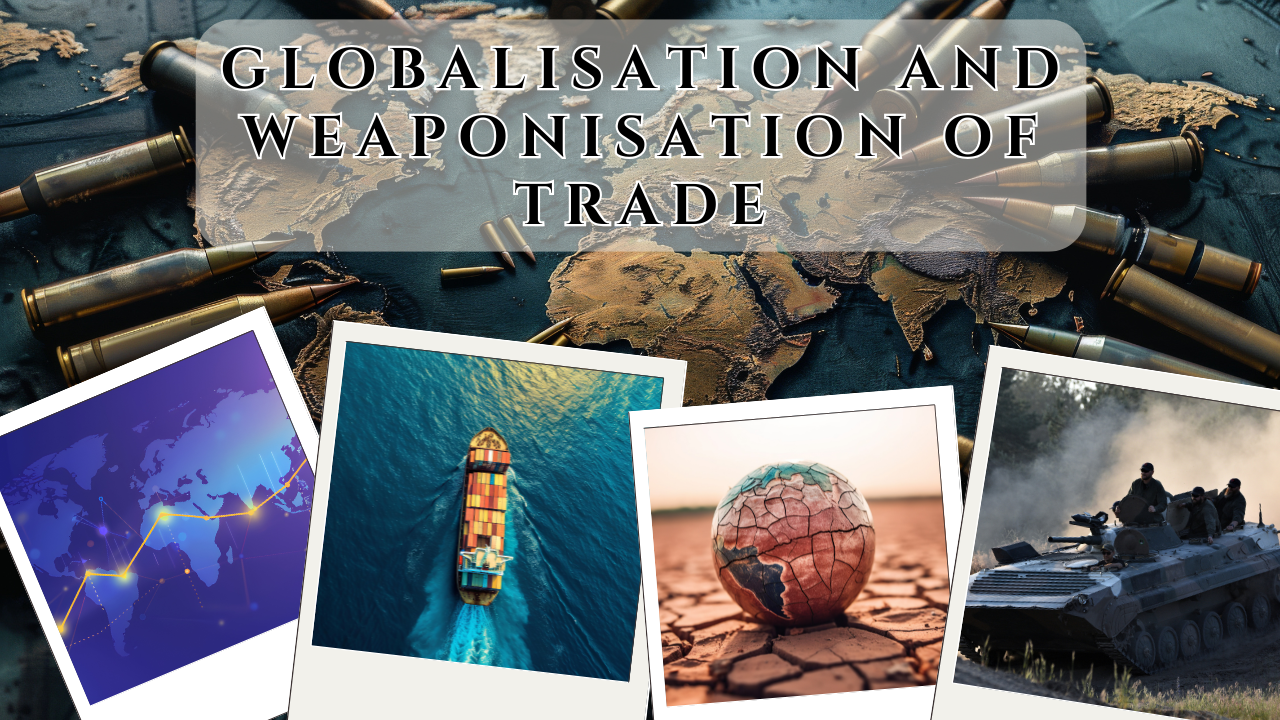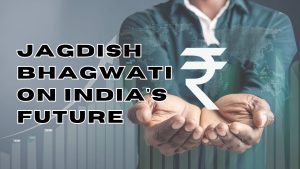Font size:
Print
Globalisation and Weaponisation of Trade
Context:
S. Jaishankar, at the Kautilya Economic Conclave, highlighted the increasing weaponisation of trade and its impact on globalisation, national security, and protectionism.
Key Highlights from the Speech:
- Backlash Against Globalisation: Job losses and dissatisfaction in many societies due to globalisation over the past 25 years.
- Political outcomes influenced by economic insecurities, resulting in social and political backlash.
- Deepening interdependencies with globalised supply chains, but with negative effects on employment and quality of life.
- Weaponisation of Trade: Trade is no longer just globalised; it’s also weaponised, with countries using economic tools (e.g., tariffs, sanctions) for national security and foreign policy purposes.
- Examples include China’s use of trade to exert political pressure on countries like Norway, Australia, and Lithuania.
- Countries compromise economic efficiency to prioritise national security and job protection.
- Rising Protectionism: Increasing protectionist measures in response to job losses and national security concerns.
- India’s defensive actions include over 30 anti-dumping measures on Chinese products in 2024, aimed at protecting domestic industries.
- The rise of national security filters over economic transactions, particularly in high-tech sectors.
- Shift in Global Focus: Conflicts in Ukraine and West Asia have shifted attention away from critical global issues like:
- Multilateral Development Bank (MDB) reforms
- Climate change
- India–Middle East–Europe Economic Corridor (IMEC)
- India–Middle East–Europe Economic Corridor (IMEC): Despite diverted focus, IMEC remains a viable project with ongoing collaborations between India, the UAE, and Saudi Arabia.
- Rising geopolitical risks further justify the need for the corridor, though progress has slowed.
Weaponisation of Trade:
- Concept: Countries use trade tools (e.g., tariffs, sanctions) to pressure others for political or economic goals.
- China has aggressively employed this strategy by targeting countries like Australia, Norway, and Lithuania.
- Historical Context: Trade embargoes have existed for centuries, but modern-day sanctions are more targeted.
- Financial sanctions are increasingly used instead of broad embargoes.
- China’s Role: China employs trade restrictions to maintain political leverage, such as limiting exports of critical minerals in response to U.S. policies.
- Pushes for de-dollarisation by promoting the internationalisation of the renminbi yuan.
Global Pushback
- Quad and G7 Statements: The Quad (India, Australia, Japan, US) and G7 reject coercive economic practices and advocate for national autonomy in economic policies.
- Supply Chain Diversification: Countries are focusing on friend-shoring and economic diversification to build resilient supply chains (e.g., the Mineral Security Partnership).
Implications for India
- Protectionism: India is adopting protectionist policies, with a focus on domestic industries and shielding them from predatory pricing by China.
- Global Supply Chains: India must secure interests in high-tech sectors, balancing global integration with protecting critical sectors from foreign influence.
- Foreign Relations: India’s foreign policy is increasingly shaped by economic security concerns, particularly in its disputes with China.
- Strategic Autonomy: India’s approach is rooted in strategic autonomy, cautiously integrating into global supply chains while safeguarding national industries.
Way Forward:
- Strengthening Domestic Industries: Initiatives like Make in India and Atmanirbhar Bharat focus on building self-reliance and reducing dependency on adversarial nations.
- Diversifying Trade Partnerships: Strengthen ties with friendly nations and regional alliances (e.g., Indo-Pacific) while advocating for global trade reforms at the WTO and MDBs.
subscribe to our Youtube Channel for more Valuable Content – TheStudyias
Download the App to Subscribe to our Courses – Thestudyias
The Source’s Authority and Ownership of the Article is Claimed By THE STUDY IAS BY MANIKANT SINGH





